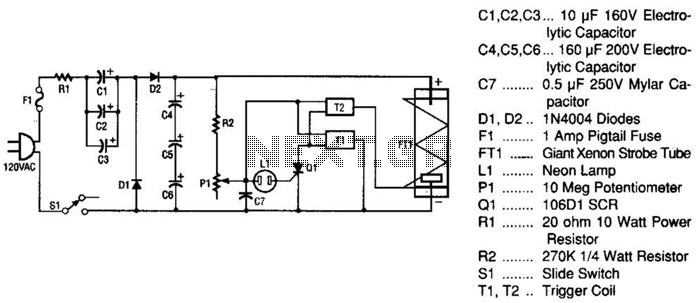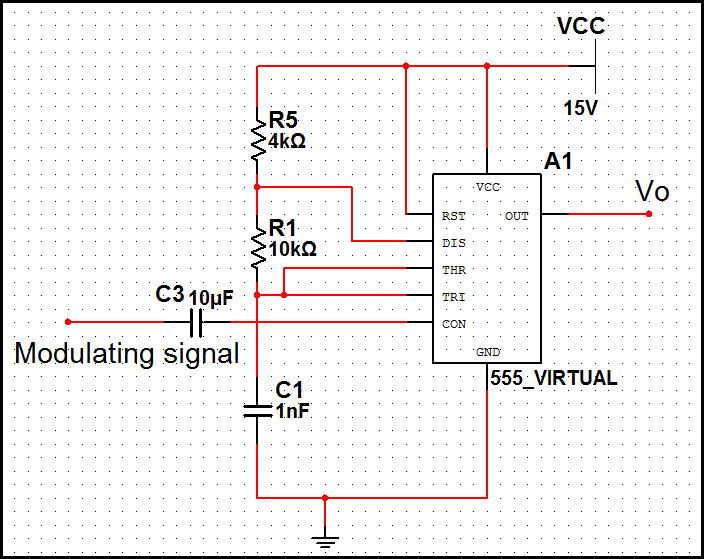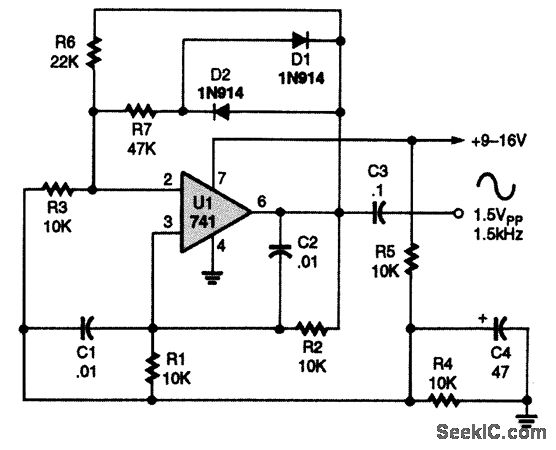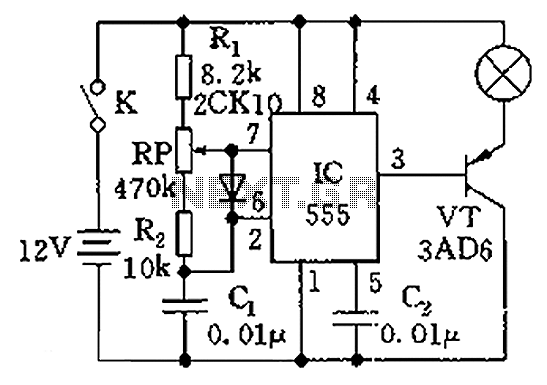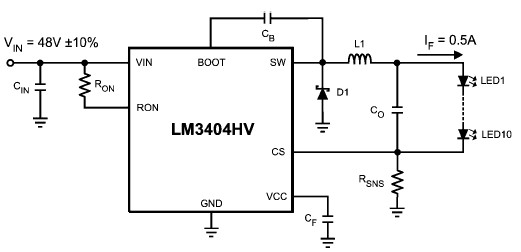
Inductance Meter Adapter Circuit Turns Your Digital Voltmeter to Inductance Meter

Measuring inductance is important for creating hand-made inductors, particularly when engaging in do-it-yourself (DIY) coil winding. An inductance meter adapter can facilitate this process.
An inductance meter adapter is a vital tool for accurately measuring the inductance of coils and inductors, which is essential for ensuring the desired performance in various electronic applications. This adapter typically interfaces with a digital multimeter or an oscilloscope to provide precise inductance readings.
The design of an inductance meter adapter generally includes a few key components: a microcontroller for processing measurements, a display for visual output, and various resistors and capacitors to create a stable measurement environment. The microcontroller can be programmed to calculate inductance based on the time constant of an RC (resistor-capacitor) circuit when the inductor is connected.
To use the adapter, the inductor is connected to the input terminals. The circuit applies a known voltage across the inductor and measures the resulting current. By analyzing the rise time of the current, the inductance can be calculated using the formula L = V / (di/dt), where L is the inductance, V is the applied voltage, and di/dt is the rate of change of current over time.
Additionally, the adapter may include features such as automatic range selection, calibration options, and the ability to store measurements for later reference. This enhances the usability and effectiveness of the tool for hobbyists and professionals alike, ensuring that inductors are built to specifications and function as intended in circuits.
In summary, an inductance meter adapter is an essential device for anyone involved in DIY electronics, providing the necessary means to accurately measure inductance and improve the quality of hand-made inductors.Measuring inductance is important in making your hand-made inductors, especially when you do-it-yourself (DIY) your coil winding. An inductance meter adapter.. 🔗 External reference
An inductance meter adapter is a vital tool for accurately measuring the inductance of coils and inductors, which is essential for ensuring the desired performance in various electronic applications. This adapter typically interfaces with a digital multimeter or an oscilloscope to provide precise inductance readings.
The design of an inductance meter adapter generally includes a few key components: a microcontroller for processing measurements, a display for visual output, and various resistors and capacitors to create a stable measurement environment. The microcontroller can be programmed to calculate inductance based on the time constant of an RC (resistor-capacitor) circuit when the inductor is connected.
To use the adapter, the inductor is connected to the input terminals. The circuit applies a known voltage across the inductor and measures the resulting current. By analyzing the rise time of the current, the inductance can be calculated using the formula L = V / (di/dt), where L is the inductance, V is the applied voltage, and di/dt is the rate of change of current over time.
Additionally, the adapter may include features such as automatic range selection, calibration options, and the ability to store measurements for later reference. This enhances the usability and effectiveness of the tool for hobbyists and professionals alike, ensuring that inductors are built to specifications and function as intended in circuits.
In summary, an inductance meter adapter is an essential device for anyone involved in DIY electronics, providing the necessary means to accurately measure inductance and improve the quality of hand-made inductors.Measuring inductance is important in making your hand-made inductors, especially when you do-it-yourself (DIY) your coil winding. An inductance meter adapter.. 🔗 External reference
